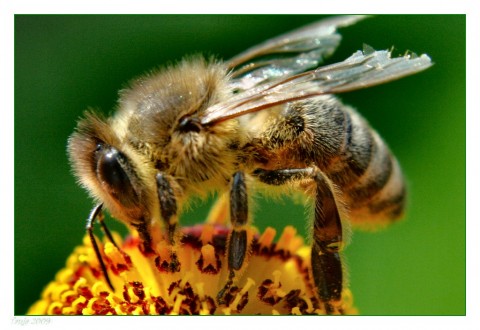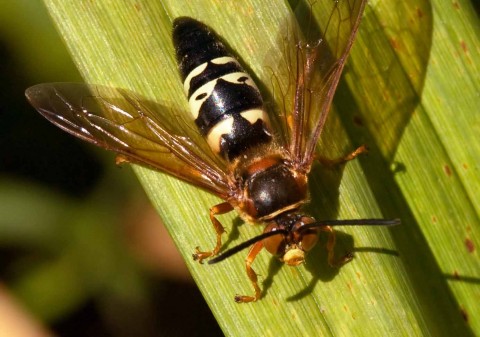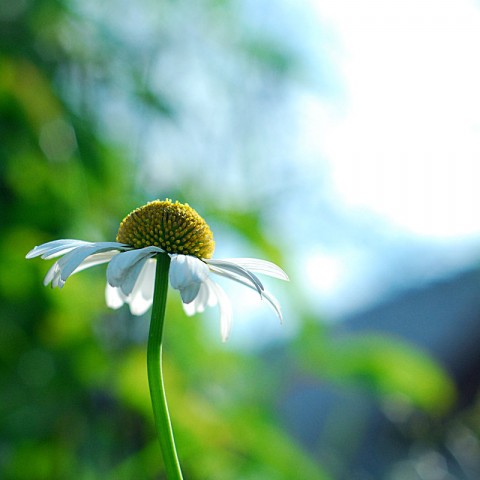Changing The Perspective – How Your Photography Can Benefit From A Different Perspective
There has been a lot of talk about perspective in our latest article series - about putting the right subject in the frame, about highlighting the important part and about creating a sense of magic. A dramatic perspective can completely change things - think of the way a paradigm shift completely alters the way you think.
It's the same when you change the perspective through your lens. Remember the saying "If you don't like what's being said, change the conversation"? Well, in photography it's easy to apply - if you have a great subject but all your framings so far seem to flatten the image more than give it magic, change the perspective. Maybe you're looking at the whole thing the wrong way.
One typical type of shot that comes to mind is the direct close-up attempt - you know the kind - where you should try to put the subject in the middle, rather than trying to surprise it in its own world, and giving it a proper angle. Think about it, if you want to catch a photograph of a bee on a flower, you should see the world through its eyes.
Changing the perspective
You will probably want to avoid that typical position of hovering the camera precisely on top of the bee - you'd want to bring it on the same direction. It's going to be harder, but it is going to give you a lot more maneuvering space. The display-case kind of picture, where everything seems two-dimension has its sparkle, but it has been used so many times throughout the years that it has become boring and cliché. That doesn't make it unusable - it just makes it suitable far less times than it's actually used.
To be frank, neither picture is a wonderful photograph - both suffer from a lot of basic rules of composition, but they serve as a great example in this particular situation. Notice how in the first image the bee is treated from its own level - it gives a sense of place, of belonging.
Changing the perspective
If more of that flower had been shown, it would have still had its sense of place because everything contributes to a seamless concept of the working bee. In the second image it's more of a wallpaper kind of motif - it's boring, it's dull and it seems a bit out of place. It's like spying on the little ones and it tells you very little of its world.
That's not the point - your photographs should say something and it's either seamless integration or dramatic contrast - anything in between is like a reheated fast food meal.
Changing the perspective
Now, whereas the crop here could've been better, the point is the same - you can easily be a part of this picture. You can imagine you're in the grass, smelling the freshly mowed lawn, and the little flowers on the ground. The fact that you're a part of the picture, and not just a viewer makes the entire difference.
Note that these are the kinds of flowers that are 15cms tall - therefore you'll have to do some crawling around in order to shoot them at this range. A 50mm lens will help in that direction if you're looking for a close-up that's not quite a close-up and a beautiful bokeh (use F 1.8)





